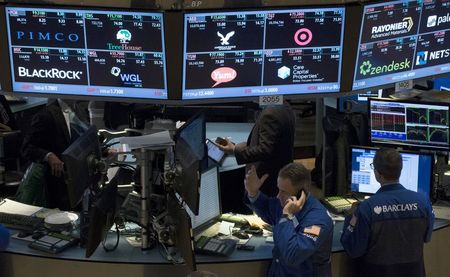Activity ratios are crucial for anyone looking to understand a company’s efficiency. These ratios help in analyzing how well a business uses its assets to generate revenue.
By focusing on activity ratios, owners can gain insights into a company’s operational performance. Understanding these ratios can reveal a lot about a business’s productivity and financial health.
What are Activity Ratios
Activity ratios are key financial metrics that help investors and analysts see how well a company uses its assets to make money and generate cash.
These ratios are handy for comparing different companies in the same industry or tracking a company’s performance over time.
There are various types of activity ratios, such as inventory turnover ratios, total asset turnover ratios, and return on equity measurements. These metrics provide a clear picture of a business’s efficiency and overall financial health.
How Activity Ratios Work
Activity ratios work by measuring how effectively a company uses its resources, such as assets and inventory, to produce revenue.
These ratios show how quickly a business can turn its assets into cash or sales. For example, the inventory turnover ratio reveals how often a company’s inventory is sold and replaced over a period.
The total asset turnover ratio measures how efficiently all of the company’s assets generate sales.
By looking at these numbers, people can understand a company’s operational efficiency and financial health.
The Main Categories of Activity Ratio
Here are the main categories of activity ratios
- Total Assets
Total assets include everything a company owns, both short-term and long-term, as shown on its balance sheet. The total asset turnover ratio measures how well a company uses these assets to generate revenue.
A high ratio means the company is using its assets effectively or doesn’t own many assets.
A low ratio suggests that too much money is tied up in assets, which aren’t being used efficiently to make money. This metric helps measure a company’s operational efficiency.
- Fixed Assets
Fixed assets are long-term, tangible assets that aren’t used in daily business operations. Examples include property, machinery, vehicles, buildings, and land.
These assets are expected to provide future economic benefits. The fixed asset turnover ratio measures how well a company uses its fixed assets to generate revenue.
A high ratio might mean that the company needs to invest more in capital expenditures, while a low ratio suggests that too much money is tied up in these assets, reducing efficiency.
- Working Capital
As the name suggests, working capital represents the funds available for a company to conduct its day-to-day business operations. It is calculated by subtracting current liabilities from current assets.
The working capital turnover ratio measures how well a company uses its working capital to generate revenue.
A high ratio means that the company is using its working capital efficiently, while a low ratio suggests that the company may not be utilizing its resources effectively.
Conclusion
Whether it’s investors or creditors, understanding a company’s activity ratios is crucial in evaluating its financial health. These ratios provide insight into how well a company utilizes its resources to generate revenue and can help identify potential areas of improvement. By understanding these metrics, businesses can make informed decisions and increase their profitability.
Further questions
What's your question? Ask it in the discussion forum
Have an answer to the questions below? Post it here or in the forum




